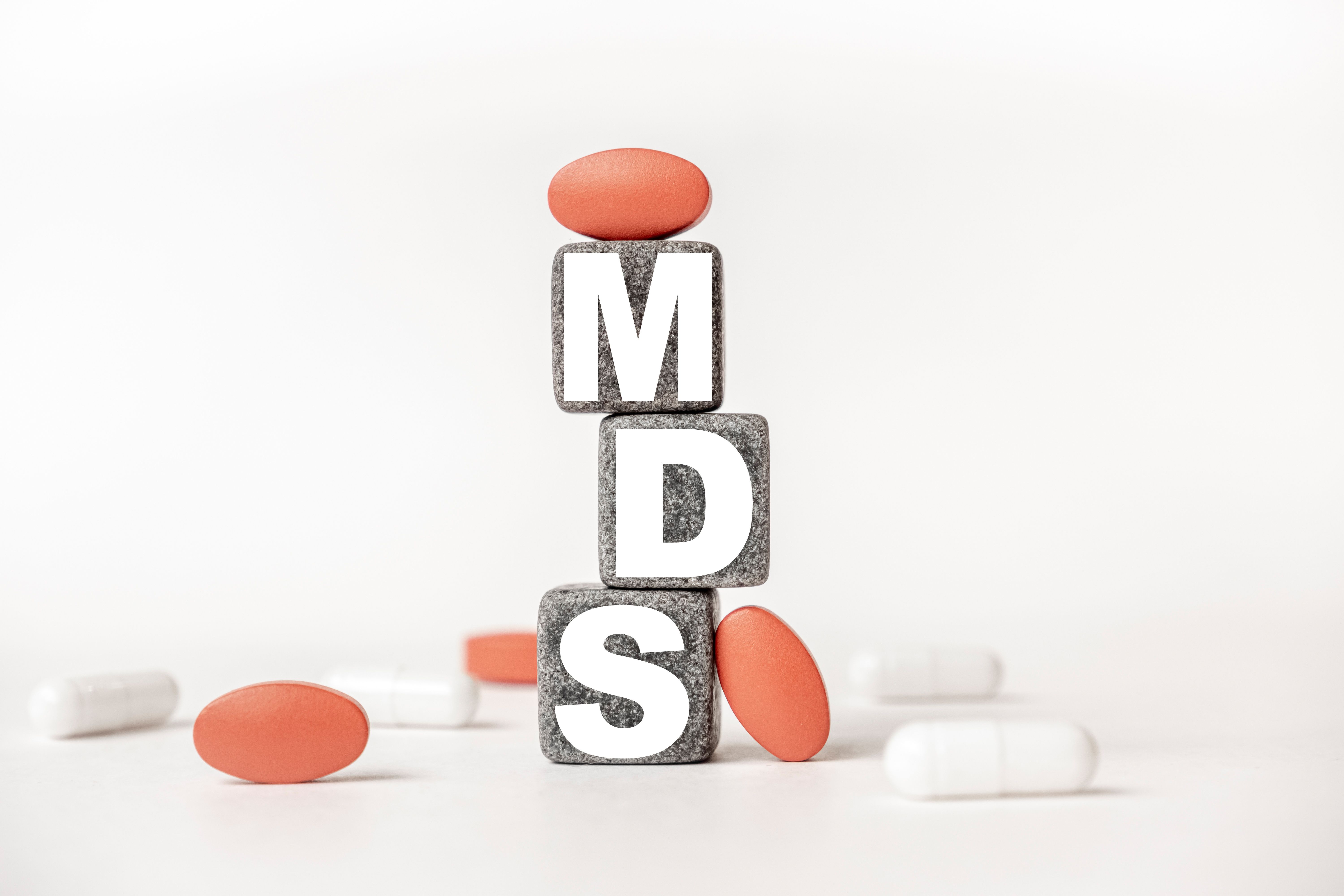- Center on Health Equity & Access
- Clinical
- Health Care Cost
- Health Care Delivery
- Insurance
- Policy
- Technology
- Value-Based Care
Patients With MDS Disagree With Physicians About Symptom Frequency
Physicians also differed from caregivers when asked how many hours of caregiving patients required each week.
Patients with myelodysplastic syndromes (MDS) report more frequent symptoms than their physicians, according to a new report. The report, which was published in Oncology and Therapy, was based on questionnaires by both patients and physicians in the US and Europe.1
MDS is characterized by bone marrow failure and peripheral blood cytopenias | image credit: Sviatlana - stock.adobe.com

The only cure for MDS, a heterogenous group of disorders characterized by bone marrow failure and peripheral blood cytopenias, is allogeneic hematopoietic stem cell transplantation. However, corresponding author Katie Lewis, of the Adelphi Group, and colleagues, said the procedure is generally limited to younger patients or older fit patients who are considered to be at high risk of transformation to acute myeloid leukemia (AML). The median age at diagnosis of patients with MDS is 70 years, they noted, thus many patients are deemed too old or unfit for transplant.
Patients considered to have low-risk disease are generally treated with the goal of improving their healthcare-related quality of life, Lewis and colleagues said. For instance, they said one goal of therapy for low-risk patients is improving cytopenias. High-risk (HR-MDS) patients, meanwhile, are frequently treated with hypomethylating agents in order to prolong survival and slow disease progression. Still, the authors said, the 5-year survival rate for people with MDS is only 30%.
Given the grim prognosis and lack of a suitable therapy for many patients, Lewis and colleagues said many patients experience a significantly diminished quality of life. One 2023 article noted that fatigue and dyspnea are common and “debilitating” in patients with MDS. The study also suggested psychological symptoms are common, and that the impairments associated with MDS increase the risk of anxiety and depression in patients.2
Lewis and colleagues wanted to better understand the burdens MDS placed on patients, and also find out whether patients’ perceived burdens align with physicians’ perceptions of patient burden.
To find out, the investigators obtained health information from US and European physicians for 1,445 patients with MDS. The patients were then given the chance to complete questionnaires about their experiences, as were their caregivers.
About half of the patients (52%) were receiving supportive treatment with erythropoietins. HR-MDS patients were more likely than low-risk patients to receive anti-AML therapies (70% vs. 20%), and HR-MDS patients were also more likely to receive transfusions (48% vs. 56%).
“Most patients were receiving some form of supportive therapy (74%) at the time of data collection, with a variety of therapies being prescribed,” Lewis and colleagues said.
When patients were asked about their symptoms, the investigators found patients were more likely than their physicians to report excessive bruising, gastrointestinal side effects, and feeling tired and fatigued.
“The level of discordance in symptom reporting between patients and physicians was elevated in the HR-MDS population, showing a greater need to improve this communication and understanding,” the investigators said.
Physicians also commonly underestimated the number of hours per week caregivers spent tending to patients with MDS. Caregivers reported a mean of 42 hours per week caring for patients with low-risk disease and 49.3 hours for patients with high-risk disease. However, physicians reported that patients with low-risk disease needed 27.7 hours per week of caregiving if they were low-risk and 28.6 hours per week if they were high-risk.
Lewis and colleagues noted, however, that even the lower physician estimates of caregiving time are significant, particularly because 29% of patients said their caregiver was their child.
They noted that younger caregivers often miss work time to care for sick family members, while older caregivers may experience their caregiver role as more physically demanding.
“The burden of MDS on both patients and their caregivers may only be relieved by physicians striving to provide information to patients and their families or caregivers to enhance their understanding of the expected disease evolution, the potential goals that various treatment approaches may achieve and a realistic appreciation of the expected outcomes from the available treatment options,” the authors said.
In addition, though, Lewis and said patients are also in need of better therapies for MDS.
References:
- Lewis K, Williamson M, Brown E, Trenholm E, Hogea C. Real-world study of the burden of myelodysplastic syndromes in patients and their caregivers in Europe and the United States. Oncol Ther. Published online September 19, 2024. doi:10.1007/s40487-024-00303-5
- Robbins-Welty GA, Webb JA, Shalev D, et al. Advancing palliative care integration in hematology: building upon existing evidence. Curr Treat Options Oncol. 2023;24(5):542-564. doi:10.1007/s11864-023-01084-1
